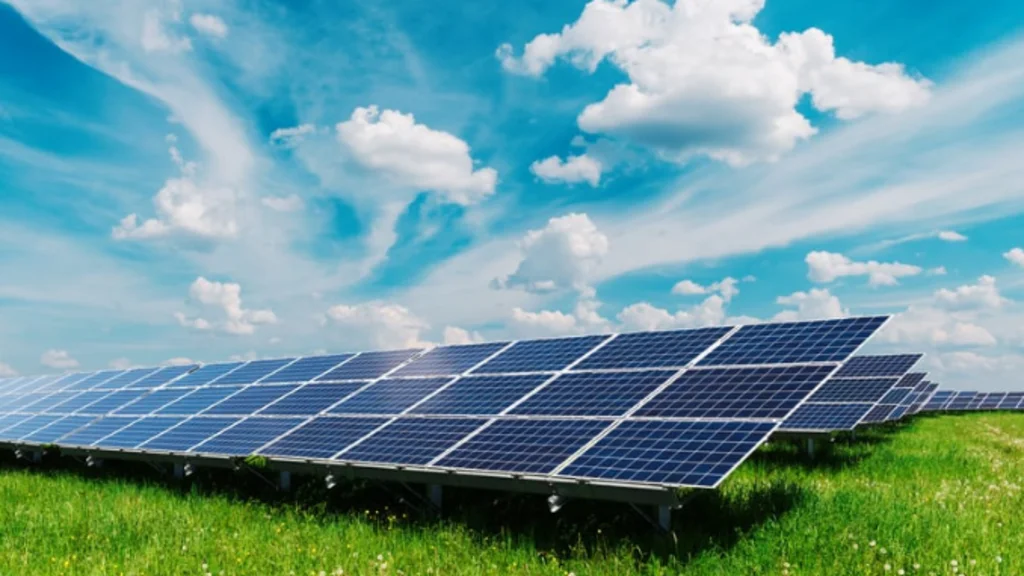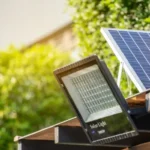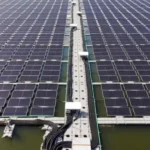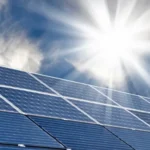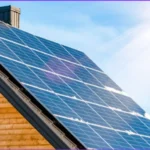Imagine this: You’re sipping your morning coffee, and your electricity meter is spinning backward. That’s the power of solar energy. However, with numerous options available, how do you select the ideal solar panel for your home? Specifically, is a 550W or 580W solar sheet the best fit for your needs?
In this guide, we’ll delve into the nuances of solar, exploring their pricing, performance, and how to maximize your investment.

What Is a Solar Sheet?
A “sheet” refers to a photovoltaic (PV) panel designed to convert sunlight into electricity. These sheets are available in various wattages, with 550W and 580W being among the most popular options for residential and small business installations. Their high efficiency and power output make them ideal for maximizing energy production in limited spaces.
Solar Sheet Price Breakdown
Understanding the cost of sheets is crucial for budgeting and assessing return on investment.
Sheet 550 Watt Price
The price of a 550W solar varies based on brand, technology, and region. On average, in the United States, the cost per watt ranges from $0.75 to $1.50, translating to approximately $412.50 to $825 per panel. This pricing is influenced by factors such as panel efficiency, warranty, and manufacturer reputation.
Sheet 580 Watt Price
Similarly, a 580W sheet typically costs between $435 and $870 per panel, considering the same per-watt pricing structure. The slightly higher cost reflects the increased power output and potential efficiency gains.
It’s essential to note that these prices are estimates and can vary based on market conditions, supplier, and installation costs.
Click here: PV inverter price.
Real-World Performance: What to Expect
While manufacturer specifications provide a baseline, real-world performance can differ due to various factors:
- Dirt and Debris: Accumulation can reduce efficiency by up to 20%. Regular cleaning is vital.
- Weather Conditions: Cloud cover, temperature, and seasonal changes impact energy production.
- Installation Angle and Orientation: Proper alignment with the sun’s path maximizes output.
For instance, a homeowner in Arizona reported a 15% drop in energy production during a particularly dusty season, emphasizing the importance of maintenance.
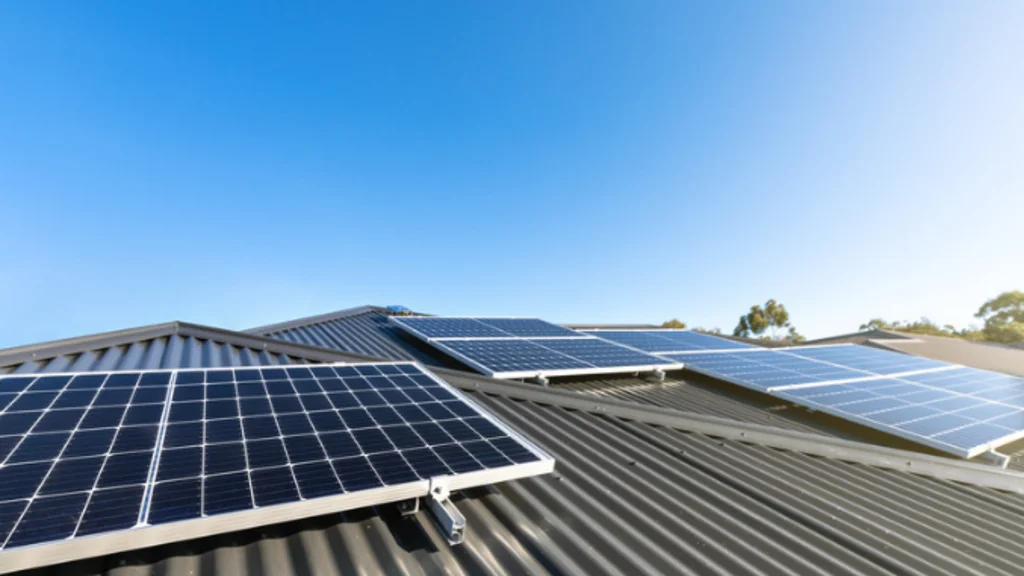
Maintenance Tips for Optimal Efficiency
To ensure your solar operate at peak performance:
- Regular Cleaning: Clean panels every 3-6 months using a soft brush and mild detergent.
- Monitor Performance: Use monitoring systems to track energy production and identify issues early.
- Inspect for Damage: Check for cracks, discoloration, or loose connections annually.
- Professional Maintenance: Schedule a professional inspection every 2-3 years.
A client in California noticed a 10% increase in efficiency after a professional cleaning and minor repairs, highlighting the benefits of regular maintenance.
Smart Inverter Troubleshooting
Inverters are the heart of your solar system, converting DC to AC power. Common issues include:
- Error Codes: Refer to the manufacturer’s manual for specific codes and solutions.
- Connectivity Issues: Ensure Wi-Fi or Ethernet connections are stable for monitoring.
- Overheating: Ensure adequate ventilation and shade for the inverter.
If problems persist, consult with a certified technician to prevent prolonged downtime.
Also visit here: Top energy storage solution.
Solar Battery Performance Care
For systems with battery storage:
- Temperature Control: Keep batteries in a temperature-controlled environment to prolong their lifespan.
- Regular Cycling: Avoid deep discharges; aim for shallow cycles to extend battery life.
- Firmware Updates: Keep battery management systems updated for optimal performance.
A small business owner in Texas reported a 20% improvement in battery efficiency after implementing these practices.
Solar EV Charger Selection
Charging your electric vehicle (EV) with solar energy is both eco-friendly and cost-effective. When selecting a solar EV charger:
- Compatibility: Ensure the charger is compatible with your EV model.
- Charging Speed: Level 2 chargers provide faster charging times, making them ideal for home use.
- Smart Features: Look for chargers with scheduling and monitoring capabilities.
Integrating a solar EV charger can significantly reduce your carbon footprint and reliance on grid electricity.
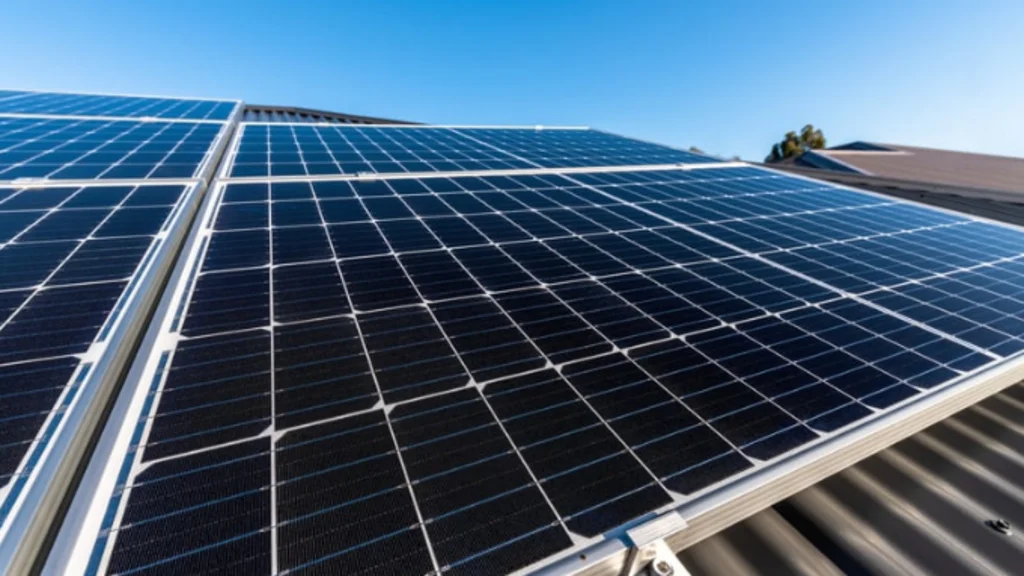
Is a 550W or 580W Sheet Right for You?
Choosing between a 550W and 580W solar sheet depends on your energy needs, roof space, and budget. Both options offer high efficiency and can significantly reduce electricity bills.
If your panels haven’t been cleaned in over 3 months, you could be losing 10–20% of your energy output. Book a system checkup today and start maximizing your solar investment.
FAQs
Are there any solar panels made in the USA?
Yes, U.S.-based manufacturers like First Solar, Mission Solar, Qcells (Georgia), and Heliene (Minnesota) produce panels domestically.
What is the best solar panels in the US market?
Top-rated brands include Maxeon, Panasonic, Qcells, Canadian Solar, and REC Group, known for high efficiency and reliability.
Where are Hyundai solar panels manufactured?
Hyundai solar panels are primarily made in South Korea, with some production in China and the U.S.
How much does a 5kW solar system cost in the USA?
A 5kW system typically costs $13,750–$15,000 before incentives, and around $9,625–$10,500 after the 30% federal tax credit.

